Determination of Leishmania Parasite Species of Cutaneous Leishmaniasis Using PCR Method in Central County, Qom Province
AUTHORS
Yavar Rassi 1 , Abedin Saghafipour 2 , * , Mohammad Reza Abai 3 , Mohammad Ali Oshaghi 1 , Mehdi Mohebali 4 , Reza Mostafavi 5
How to Cite: Rassi Y, Saghafipour A, Abai M R, Oshaghi M A, Mohebali M, et al. Determination of Leishmania Parasite Species of Cutaneous Leishmaniasis Using PCR Method in Central County, Qom Province, Zahedan J Res Med Sci. 2013 ; 15(12):e4327.
ARTICLE INFORMATION
Zahedan Journal of Research in Medical Sciences: 15 (12); e4327
Published Online: February 03, 2013
Article Type: Research Article
Received: September 10, 2012
Accepted: November 19, 2012
Crossmark
CHEKING
READ FULL TEXT
COMMENTS



LEAVE A COMMENT HERE: